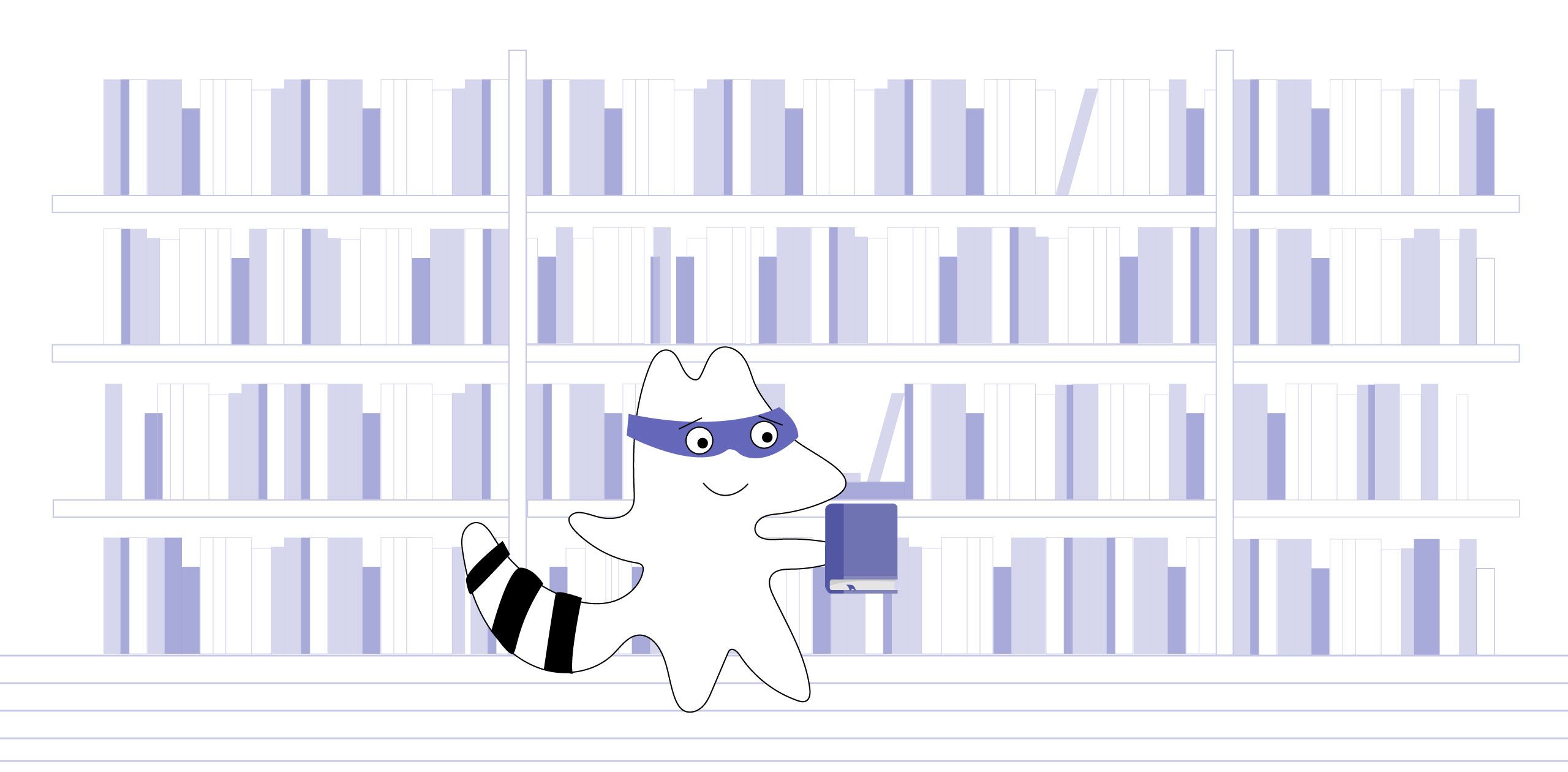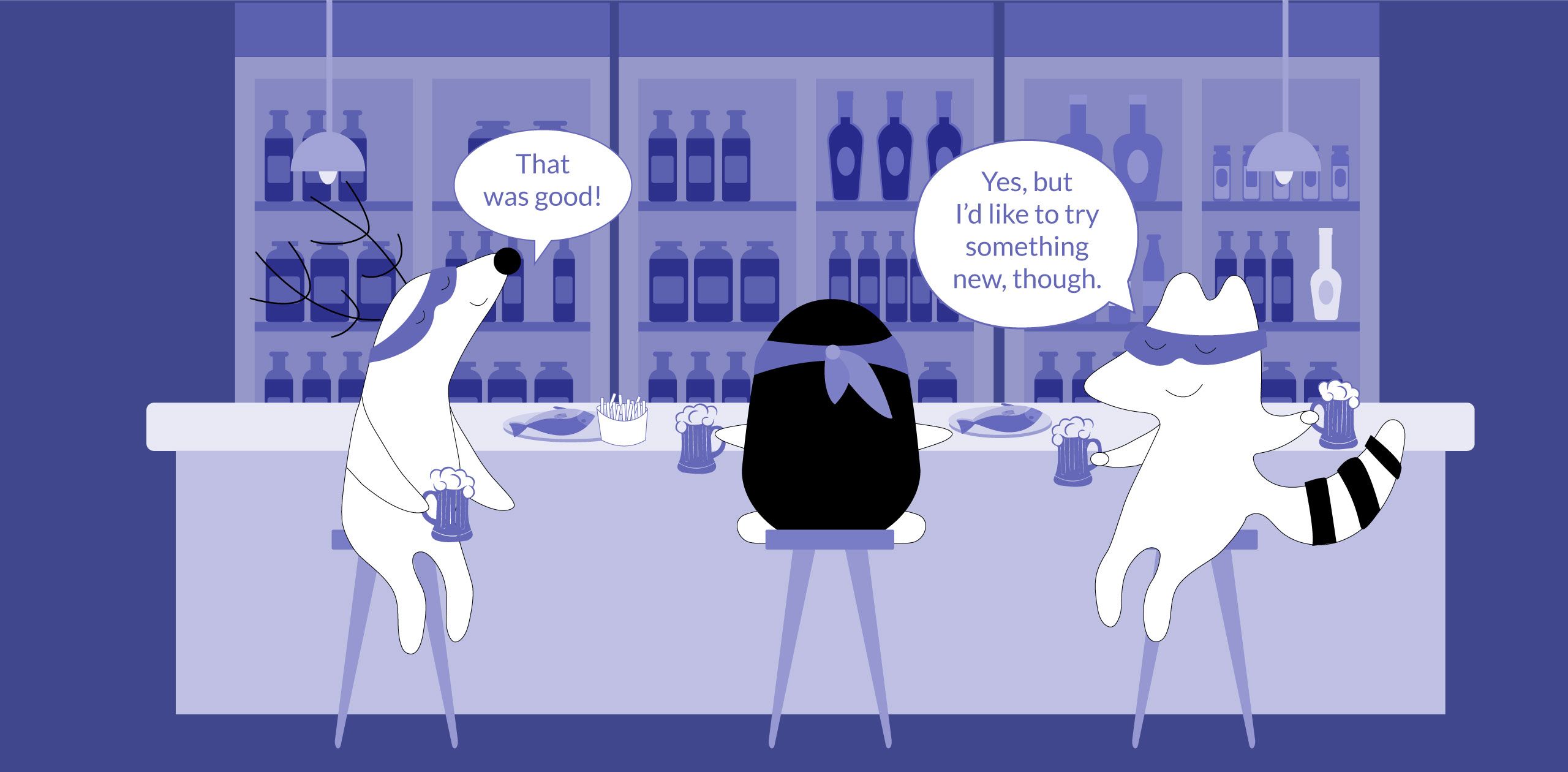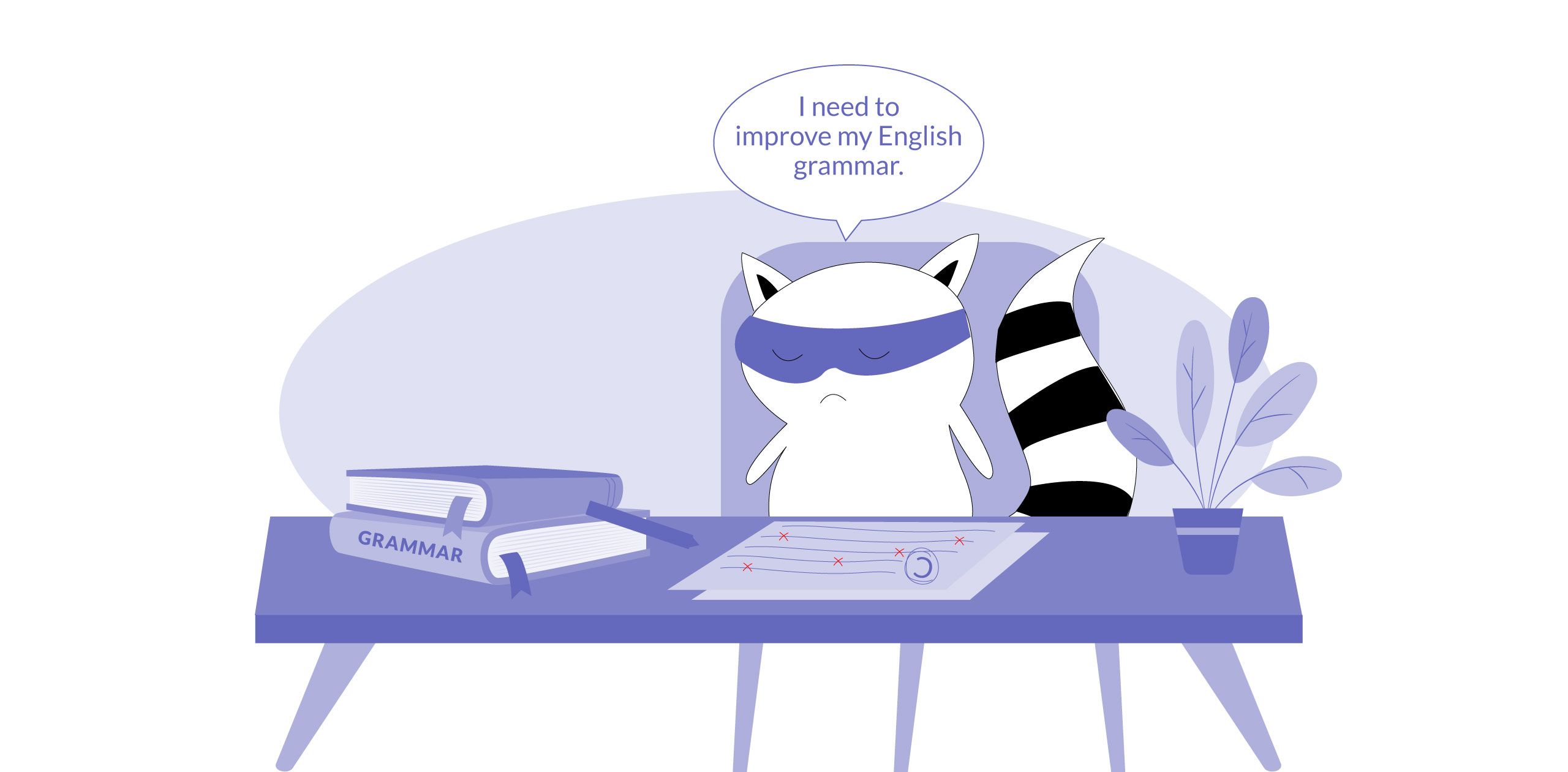
If you're only starting your English learning journey, or even if you've been speaking the language for years, you might still make some common grammar mistakes. While these errors might not always be obvious, they can often lead to misunderstandings.
To avoid confusion, it's important to be aware of the most common grammar mistakes and how to correct them. With a little practice, you'll be speaking and writing correctly in no time!
In this article, we'll take a look at some of the most common grammatical errors people make in the English language and provide explanations so that you can avoid them in the future. Keep reading!
Learn English with Langster
Run-on Sentences and Comma Splices
A run-on sentence is a compound sentence where two or more independent clauses (or complete sentences) are joined together without the use of proper punctuation. This can make your writing difficult to read and understand. These are also called “fused sentences.”
There are two ways to fix a run-on sentence. You can either break it up into two or more separate sentences, or use a missing comma or add a semicolon to connect the independent clauses. Here is an example:
Run-on: I love hiking I also love camping.
Grammatically correct: I love hiking; I also love camping.
A comma splice occurs when we join two independent clauses together with just a comma and no conjunction to link them. This is similar to a run-on sentence because unnecessary commas can make your writing difficult to read and understand.
To fix a comma splice, we can either break the sentence up into two or more separate sentences or use a period, a semicolon, or a coordinating conjunction. Like this:
Comma splice: I went to the store, I bought some milk.
Correct grammar:
Example
Explanation
I went to the store. I bought some milk.
period
I went to the store; I bought some milk.
semicolon
I went to the store, and I bought some milk.
comma + conjunction
Sentence Fragments
One of the most common grammar mistakes people make is using sentence fragments. A sentence fragment is a group of words that does not form a complete sentence. It is missing a subject, verb, or both. Sentence fragments often appear in speech and informal writing, but they should be avoided in formal writing.
If you're not sure whether a sentence is a fragment or not, try reading it aloud. If you can't do so without pausing or adding words, then it's likely a sentence fragment.
To fix a sentence fragment, you can either add the missing subject or verb, or combine it with another sentence. Take a look at the example:
Fragment: Hoping to get a raise.
Correct grammar: I am hoping to get a raise.
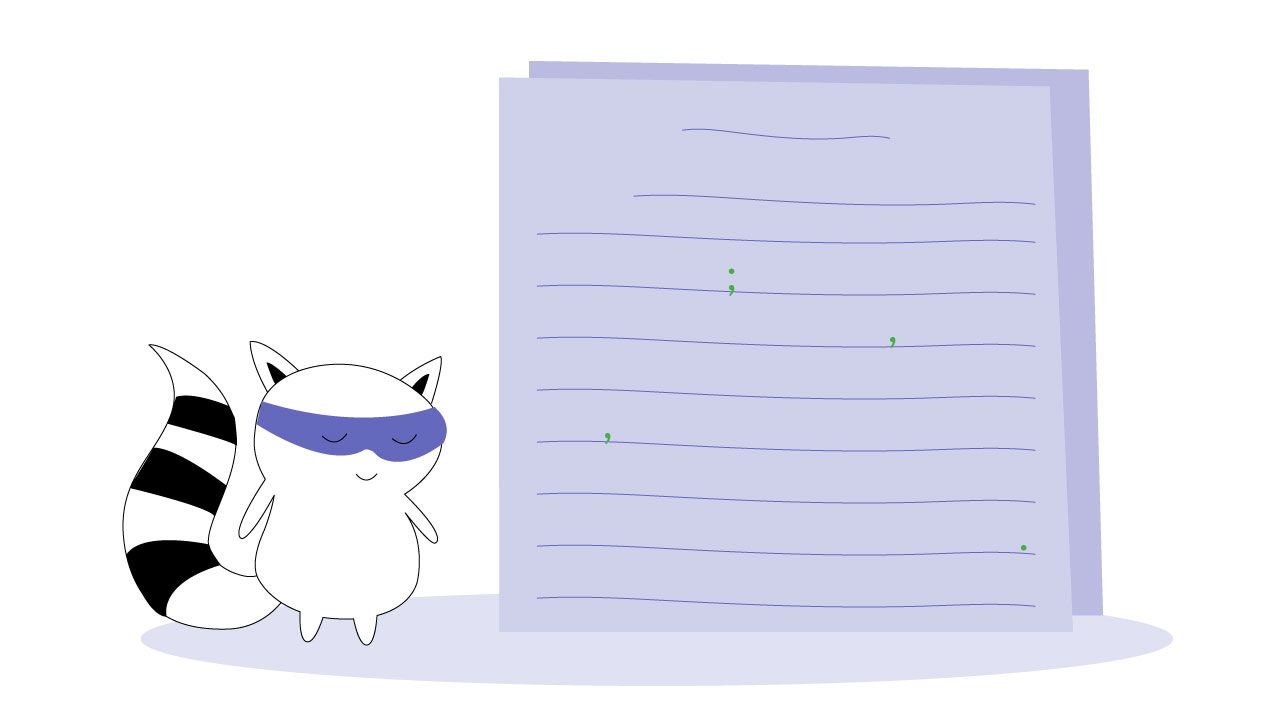
Lack of Subject-Verb Agreement
In English, the subject and verb need to agree with each other. This means that if the subject is singular, the verb must also be singular; and if the subject is plural, the verb must also be plural.
For example:
Example
Explanation
She has two cats.
singular subject, singular verb.
They have a dog.
plural subject, plural verb.
Sometimes, it can be unclear whether the subject is singular or plural, which can cause grammatical errors. This is often the case with collective nouns. Collective nouns are words that refer to a group of people or things, e.g., family, team, audience, class.
When we’re talking about a collective noun as a group and the emphasis is on the individual members of this group, we usually use a plural verb. For example:
- My family are from Australia.
This implies every member of the family comes from Australia. However, when we’re talking about a collective noun as one unit, we usually use a singular verb.
For example:
- My team is going to the finals.
Mistakes in Apostrophe Usage
An apostrophe is a punctuation mark (‘) used to show possession or to contract a phrase into one word. For example:
Example
Explanation
The cat’s toys are all over the floor.
The toys belong to the cat.
I can’t find my keys!
Can’t is a contraction of cannot.
When using an apostrophe to show possession, we usually add ‘s to the end of the word. Like this:
- the cat’s toys,
- my father’s car,
- the teacher’s desk
If a singular noun already ends in an -s, we still add the s after the apostrophe. For example:
- the boss’s decision,
- James’s car,
- my business’s growth
However, there are some exceptions to this rule. For example, we ****use an apostrophe but don’t add an extra -s to show possession for plural nouns:
- the cats’ toys,
- the teachers’ desks,
- the boys’ ball
We don’t use an apostrophe to show possession for possessive pronouns such as hers, its, mine, ours, theirs, and yours. For example:
Example
Explanation
This book is hers.
NOT This book is her’s.
That cat is ours.
NOT That cat is our’s.
Misuse of Adjectives and Adverbs
Adjectives and adverbs are commonly confused words in English because they look similar. To be able to distinguish one from another, it’s crucial to understand their primary functions.
Adjectives describe, identify, and quantify people or things and usually go in front of a noun. They don’t change if the noun is plural.
Adverbs modify verbs, adjectives, and other adverbs and usually come after the verb. For example:
Example
Explanation
He’s a slow driver.
adjective
He drives slowly.
adverbs
Most adverbs are created by adding -ly to an adjective, as seen in the example above. However, there are some irregular adverbs, such as well, hard and fast.
When using adjectives and adverbs, it’s important to remember that they don’t always have the same meaning. For example, the adjective fast describes something that is quick, whereas the adverb fast means quickly or at high speed.
Here are some other examples of adjectives and adverbs with different meanings:
Example
Explanation
He was so close to achieving his goal.
adjective; near in space, time, or relationship
Her works are closely associated with the impressionism genre.
adverb; in a close manner
We are late to the party.
adjective; coming or happening after the expected, proper, or usual time
I haven’t been feeling well lately.
adverb; recently
Research is the hardest part of my job.
adjective; not easily broken, scratched, or penetrated; difficult to do
If you want to succeed, you need to start working hard.
adverb; with a lot of effort
Incorrect Use of the Articles a, an and the
The three articles in English are a, an and the:
| Article | Use | Example |
|---|---|---|
| a | indefinite article we use when referring to someone or something for the first time | I saw a cat in the street. |
| an | indefinite article we use before nouns beginning with a vowel sound | We went to an Italian restaurant for dinner. |
| the | definite article we use when referring to someone or something that has already been mentioned or is known about | The cat I saw was black and white. |
| Article | Use | Example |
|---|---|---|
| a | indefinite article we use when referring to someone or something for the first time | I saw a cat in the street. |
| an | indefinite article we use before nouns beginning with a vowel sound | We went to an Italian restaurant for dinner. |
| the | definite article we use when referring to someone or something that has already been mentioned or is known about | The cat I saw was black and white. |
When to use a, an or the can be tricky for English learners, as there are some exceptions to these rules. For example, we use the when we’re referring to a specific thing:
- Can you pass me the sugar, please?
We also use the before plural nouns when we’re talking about a group or class of people. Like here:
- The rich are getting richer and the poor are getting poorer.

It’s vs. Its
The word it’s is a contraction of the words it is or it has. For example:
Example
Explanation
It’s raining.
It is raining.
It’s been a long time since we saw each other.
It has been a long time since we saw each other.
On the other hand, the word its is the possessive form of the pronoun it. This means that it shows that something belongs to or is associated with someone or something. For example:
Example
Explanation
The cat slept through the storm, undisturbed even by its loudest thunder.
Its shows that thunder belongs to the storm.
Another common grammar mistake is confusing words you’re – but fortunately, we have a separate blog post on how to tell the difference between them.
Capitalization Mistakes
In English, we use capital letters for proper nouns, acronyms, and formal abbreviations. . Proper nouns are the specific names of people, places or things, for example – John, London, Christmas.
On the other hand, common nouns are the general names of people, places, or things – such as boy, city, holiday.
When writing, it’s important to remember to capitalize the following:
| Rule | Example |
|---|---|
| The first letter of a sentence. | Yesterday I went to the park. |
| Proper nouns. | I live in New York City. |
| The pronoun I. | My name is Naomi, I am from Australia. |
| Rule | Example |
|---|---|
| The first letter of a sentence. | Yesterday I went to the park. |
| Proper nouns. | I live in New York City. |
| The pronoun I. | My name is Naomi, I am from Australia. |
There are also some words that are always written in capitals, even if they’re not proper nouns. For example:
| Acronyms | NASA, NATO, AIDS |
| Abbreviations | Mr., Dr., St. |
| Acronyms | NASA, NATO, AIDS |
| Abbreviations | Mr., Dr., St. |
You can find more capitalization rules in our dedicated post.

Incorrect Use of Prepositions
Prepositions are words that show the relationship between two things. The most common prepositions in English are of, to, from, with, by, on, at, in and after. Here are a few examples of them in action:
- I’m looking for a book about animals.
- Please send the report to me by email.
- She’s waiting for her friends at the bus stop.
Prepositions can be tricky to use because there are many of them and they’re often used in different ways. In general, we use prepositions to show location, time, direction or manner. For example:
Example
Explanation
The cat is under the table.
Location.
We’re meeting at 9am.
Time.
She’s going to the store.
Direction.
I always travel by plane.
Manner.
Than vs. Then
Another grammatical error that frequently occurs in writing is confusing the words than and then. It usually happens because these words are homophones, which means they sound the same in spoken English but are written differently.
Use the word than to make comparisons. For example:
- She’s taller than me.
- I have more books than he does.
On the other hand, you use the word then to show time or sequence. For example:
- First you need to turn on the oven, then you can put the cake in.
- I’ll see you at 6pm and then we can go to the movies.
Misspellings are one of the most commonly occurred writing mistakes in the English language, so make sure to check more examples here.
The Bottom Line
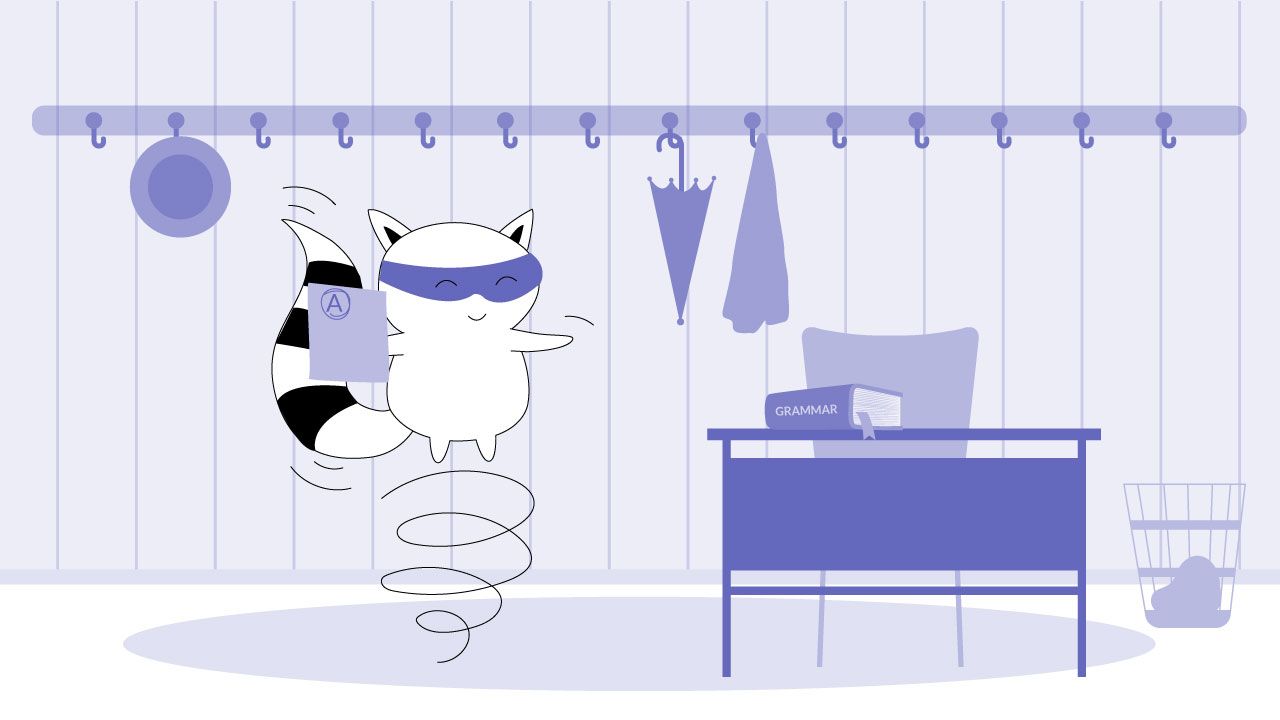
We hope this article has helped you to understand some of the most common grammar mistakes people make in English. While it's important to be aware of these mistakes, don't let them hold you back from speaking or writing in English.
The best way to improve your grammar is to practice as often as you can. Write every day, read a lot, and download our Langster app to pick up proper phrasing. You might want to pay attention to how native speakers use grammar, though be aware that even native speakers sometimes make mistakes.
With time and practice, you'll make fewer mistakes and become more confident in your English skills. Good luck!







